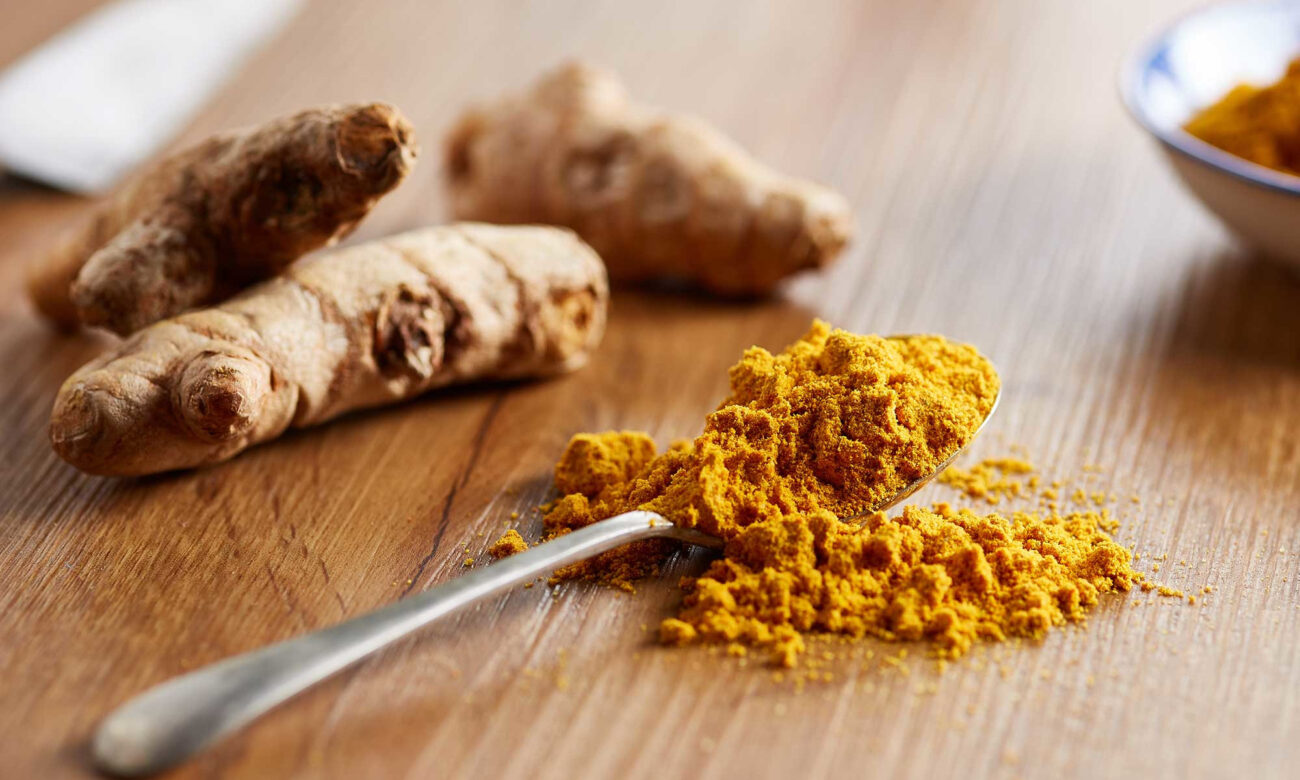Blog
The #1 Habit You Should Break for Better Blood Sugar

- Most Americans fall short on fiber, a key nutrient that helps regulate blood sugar levels daily.
- Fiber slows how quickly sugar enters your bloodstream, preventing spikes and improving control.
- Low-carb diets often cut fiber-rich foods—like fruits, beans and whole grains—your body needs.
Your blood sugar levels hinge on the habits you follow regularly. For instance, when you exercise regularly, eat meals that contain a good mix of protein and healthy fat, stay hydrated, manage your stress levels and get quality sleep, you should experience balanced blood sugar levels.
However, when you sit for most of the day, skip breakfast and frequently eat processed foods high in saturated fat, refined carbohydrates and added sugar, you may see your blood sugar levels rise. But there is one habit that many people living with diabetes and prediabetes may not realize they’re doing. And if you’re not eating enough fiber, that may actually make it harder to manage blood sugar.
The #1 Habit Is Not Eating Enough Fiber
Eating too few fiber-rich carbohydrates is the top habit to avoid. Why does this matter? Because the fiber in healthy carbs like whole grains, beans, fruits and veggies helps balance your blood sugar levels by slowing the absorption and release of sugar (glucose) into your bloodstream. And most Americans aren’t getting nearly enough of this nutrient. In fact, more than 90% of women and 97% of men do not consume the recommended 25 to 38 grams of fiber per day.
Many of the carbs we do eat are highly processed and stripped of fiber, which can lead to blood sugar spikes and less lasting fullness. As a result, there’s a widespread belief that most carbohydrates should be avoided. According to the Centers for Disease Control and Prevention, low-carbohydrate diets are among the most commonly followed by U.S. adults. Low-carb diets often cut out certain fruits, vegetables, beans and whole grains that are excellent sources of dietary fiber in an attempt to control their blood sugar.
And that’s not the smartest move. Here’s the deal: There are three different types of carbs found in food—sugar, starch and fiber. And they each have varying effects on blood sugar levels. Each of these carbs can be classified as simple or complex depending on their structure and how quickly they are absorbed into the bloodstream.
Simple carbs—found in sweeteners—like table sugar—and juices are made up of one or two sugar molecules that can be easily broken down, utilized as an immediate source of energy and cause a rapid rise in blood sugar levels.
On the other hand, certain types of starch like slowly digestible starch and resistant starch found in vegetables, legumes and whole grains are complex carbohydrates with long chains of sugar molecules that take longer to digest—which means they cause blood sugar levels to rise more slowly.
While simple carbs and starch both break down into sugar molecules, fiber is a unique complex carbohydrate found in plant foods that cannot be digested. And it plays a pivotal role in slowing the absorption of sugar and subsequently preventing blood sugar spikes—making it an important carbohydrate for blood sugar control.
Fiber Helps Balance Blood Sugar
When you’re looking to achieve better blood sugar control, it’s easy to focus on the quantity over the quality of carbs you consume. But research has shown that gradual improvements in fiber intake can help you strike that balance.
There are two types of fiber that aid in blood sugar control: soluble and insoluble. Just as the name implies, soluble fiber combines with water in the gut to form a gel-like substance that can slow down the absorption of glucose, which helps prevent blood sugar surges and lowers the risk of type 2 diabetes. Soluble fiber also binds to cholesterol in the intestines and removes it from the body through your stool. This process may reduce cholesterol levels, and prevent diabetes complications like heart disease. Examples of carbohydrates that contain soluble fiber include apples, berries, oats, beans, peas and avocados.
Then there’s insoluble fiber—a type that doesn’t dissolve in water and remains intact as it travels through your intestines. One study found that diets high in insoluble fiber (mainly from whole-grain sources) may improve insulin resistance and reduce your risk of developing type 2 diabetes. Another study showed that a daily dietary fiber intake of 35 grams may result in reduced A1C—a measure of your average blood sugar levels over a three-month period—as well as fasting blood glucose levels and insulin resistance, compared to low-fiber diets of 15 grams per day. Therefore, it is recommended that men and women slowly increase their daily fiber intake to 25 to 38 grams, as called for by the Dietary Guidelines for Americans.
Tips to Boost Your Fiber Intake
Now that you know fiber-rich carbohydrates are an important part of a blood-sugar-friendly diet, here are several tips you can use to add more of them to your meals and snacks:
- Choose whole grains. Swap highly processed, refined grains for their whole-grain counterparts. Think: oats, buckwheat, amaranth, spelt, quinoa and brown rice. You’ll reap their blood-sugar-stabilizing benefits.
- Check the Nutrition Facts label. Listed directly under the “Total Carbohydrates” heading, you will find the amount of dietary fiber in grams per serving. According to the American Diabetes Association, a food item that contains 5 grams of fiber per serving is considered an “excellent source,” and those with at least 2.5 grams are often labeled as a “good source” of dietary fiber. So, try to reach for foods that contain about 3 grams of fiber per serving or more.
- Snack on nuts and seeds. From almonds and pistachios, to peanuts, pumpkin seeds, chia seeds and flaxseeds, these foods make a perfect fiber-packed snack to grab on the go. They also contain two other blood-sugar-stabilizing nutrients: protein and fat. It’s important to pair your carbohydrates with a little protein and fat, because, similar to fiber, these nutrients prevent blood sugar spikes by delaying the absorption of sugar into the bloodstream.
- Leave the skin on fruits and veggies. Fun fact: Much of the fiber in fruits and vegetables is found in the skin. For example, a medium potato has about 4g of fiber without the skin—but eat it with the skin, and you’ll get around 6g, a 50% fiber boost. So before you grab your veggie peeler, consider keeping the nutrient-rich skin or peel intact!
- Include beans and legumes. Filled with fiber and protein, beans and legumes are excellent additions to a balanced diet. Consider topping your salads with beans, or making a curry with lentils. Or toss a cup of white or kidney beans in your favorite soup. You can even use garbanzo beans (chickpeas) to make a delicious hummus to pair with an assortment of vegetables or whole-grain crackers.
Our Expert Take
Rather than avoiding all carbohydrates out of fear they’ll jack up your blood sugar levels, focus on consuming fiber-rich carbs—which have been proven to aid in blood sugar control. By including a variety of fiber-packed fruits, vegetables, beans, legumes, nuts, seeds and whole grains in your diet, not only will you balance your blood sugar levels, you’ll also reduce your risk of diabetes complications like cardiovascular disease and other conditions, such as obesity. Paired with quality protein and healthy fats, fiber may be the missing piece of your overall healthy diet.












